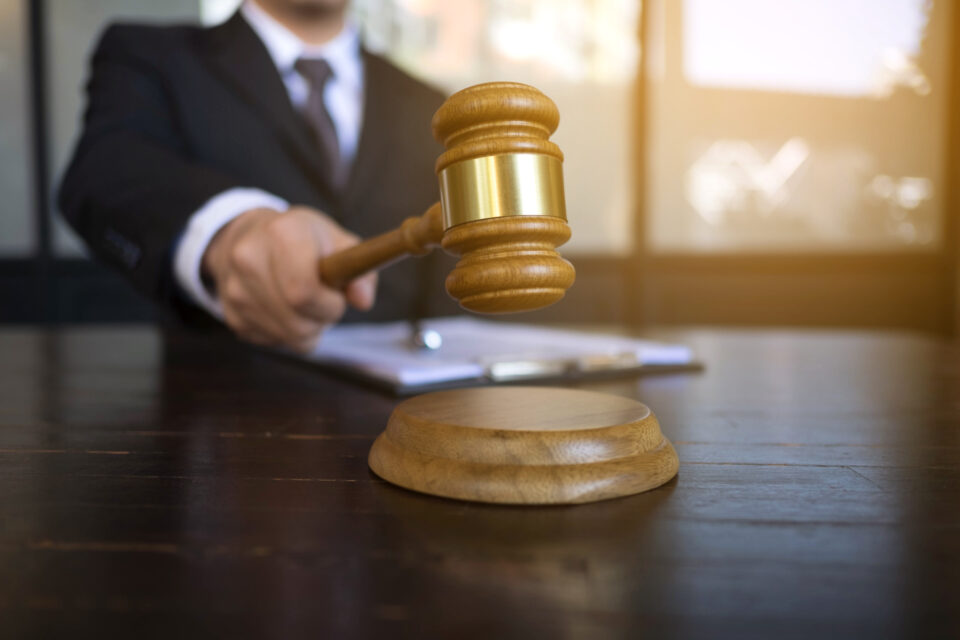Frana Divich, Partner, Heaney and Partners.
On 7 February 2024 the Supreme Court allowed a novel climate change case called Smith v Fonterra Co-Operative Group Ltd [2024] NZSC 5 to proceed to trial.
It is a case that follows on from a number of climate change cases around the world where Courts have been prepared to make factual findings that climate change is related to anthropogenic CO2 emissions; address problems associated with ‘climate change’ rather than defer to Parliament; and find a basis for intervention by expanding the “duty of care” in the torts of negligence or nuisance, and in human rights.
It is important to stress at the outset that the judgment concerned an appeal from a strike out application and the question the Court had to determine was whether the case should be allowed to proceed to trial and not whether the claim would ultimately succeed.
The background The plaintiff, Mr Smith, is an elder of Ngapuhi and Ngati Kahu, and a climate change spokesperson for the Iwi Chairs Forum.
In 2019 he filed a claim in the High Court against seven companies: Fonterra, Genesis Energy, Dairy Holdings, New Zealand Steel, Z Energy, Channel Infrastructure NZ and BT Mining claiming each is alleged to be involved in an industry that either emits greenhouse gases or supplies products that release greenhouse gases when burned.
Smith claims they have damaged, and will continue to damage, his whenua [land] and moana [sea], including places of customary, cultural, historical, food gathering and spiritual significance to him and his whanau [family].
Three causes of action in tort were raised: Public nuisance, negligence and a proposed new climate system damage tort.
Smith sought a declaration that the seven companies have unlawfully either breached the duty owed to him, or caused, or contributed to a public nuisance and have caused or will cause him loss through their activities. In addition to declaratory relief, he also seeks injunctive relief that would require the companies to either reduce their emissions by specified amounts over a defined period of time, or immediately cease emitting (or contributing to) net emissions.
Procedural history
When the claim was filed in the High Court back in 2019, the seven companies applied to strike out the proceeding arguing that Smith’s statement of claim raised no reasonably arguable cause of action.
The High Court determined that the claims in public nuisance and negligence were not reasonably arguable and struck them out. However, the High Court declined to strike out the claim based on the new proposed climate system damage tort.
Smith appealed, and the seven companies cross appealed. The Court of Appeal struck out all three causes of action finding that Mr Smith’s statement of claim raised no reasonably arguable cause of action.
Smith was then granted leave to appeal to the Supreme Court. The question the Supreme Court had to determine was whether the Court of Appeal was correct to dismiss the appeal and allow the crossappeal.
Supreme Court decision
The Supreme Court unanimously allowed Smith’s appeal and reinstated his statement of claim. The Court held that his claim should be allowed to proceed to trial, rather than being struck out preemptively.
The Supreme Court noted that if a claim was founded on seriously arguable non-trivial harm, then the common law should lean towards testing and evaluating the claim based on evidence and argument at trial rather than pre-emptively disposing of it.
Thoughts
The judgment of the Supreme Court does not answer any of the novel and important questions the case raises. We do not know: The scope of the public nuisance cause of action; how the Courts will tackle the novel climate system damage tort; the scope of any duty of care owed in negligence; whether the plaintiff needs to suffer particular damage caused by the acts or omissions of the defendants; and the role of Maori tikanga [customary practices] in formulating the claims.
What is of particular note for the local government sector is the unanimity of the Supreme Court in its decision and its willingness to entertain ‘climate’ litigation. We know from the leaky building crisis that our courts had no difficulty finding that local government was, pursuant to the Building Act, meant to “ensure” building work complied with the Building Code. The responsibility translated into a duty of care to building owners. This was in contrast to other jurisdictions. The cost to local government and its insurers here has been high.
Local government faces serious litigation risk from emerging common law climate change claims. That is because local government is required to plan and act to meet the current and future needs of local, district and regional communities. It controls a lot of infrastructure, much of which is situated in coastal areas which are at risk from sea level rise.
It is likely there will be claims brought for allowing development in areas where arguably houses should not have been built and for failing to implement climate adaptation measures (e.g. from homeowners suffering the physical and economic consequences of flooding, landslips etc, as a result of climate change weather).
In the New Zealand statutory context, it is up to local government to carefully consider the consequences of decisions to take, or not take steps, such as controlling development and protecting coastal regions.
As the law develops and changes, it is not difficult to imagine that local government will face an onslaught of climate litigation.



